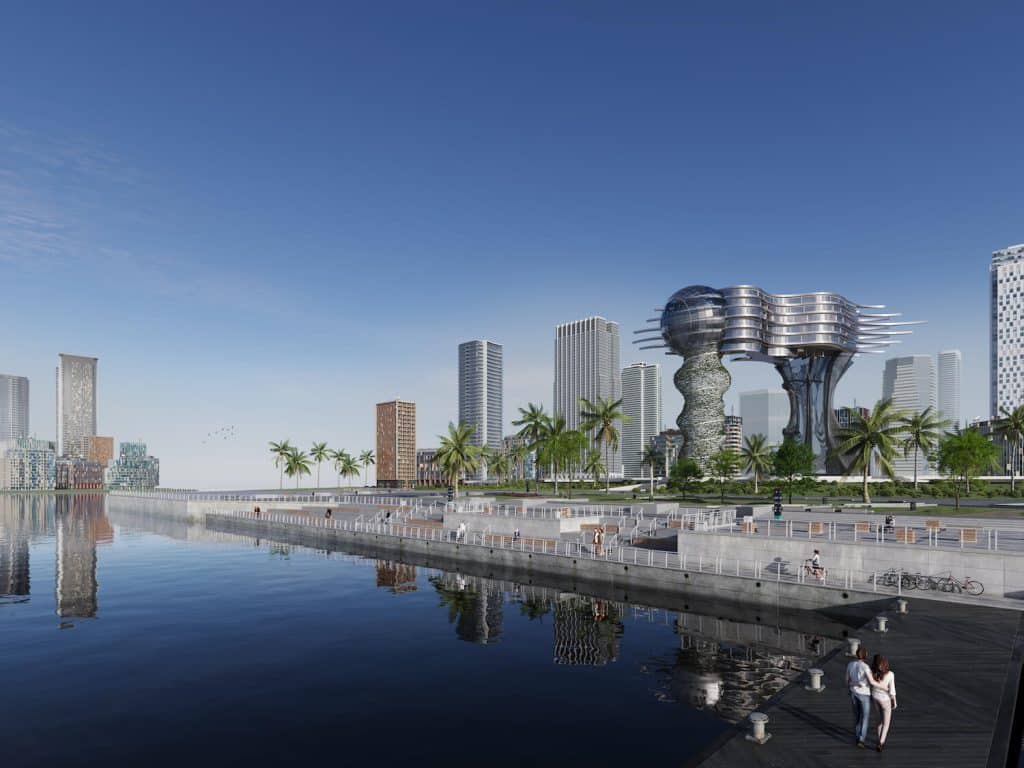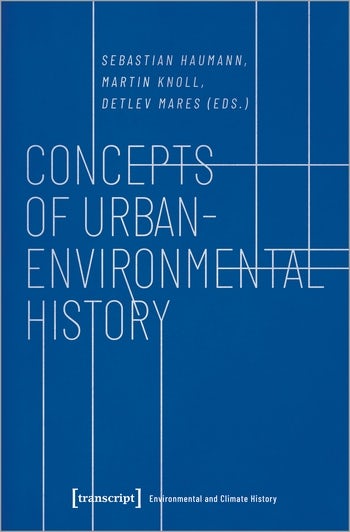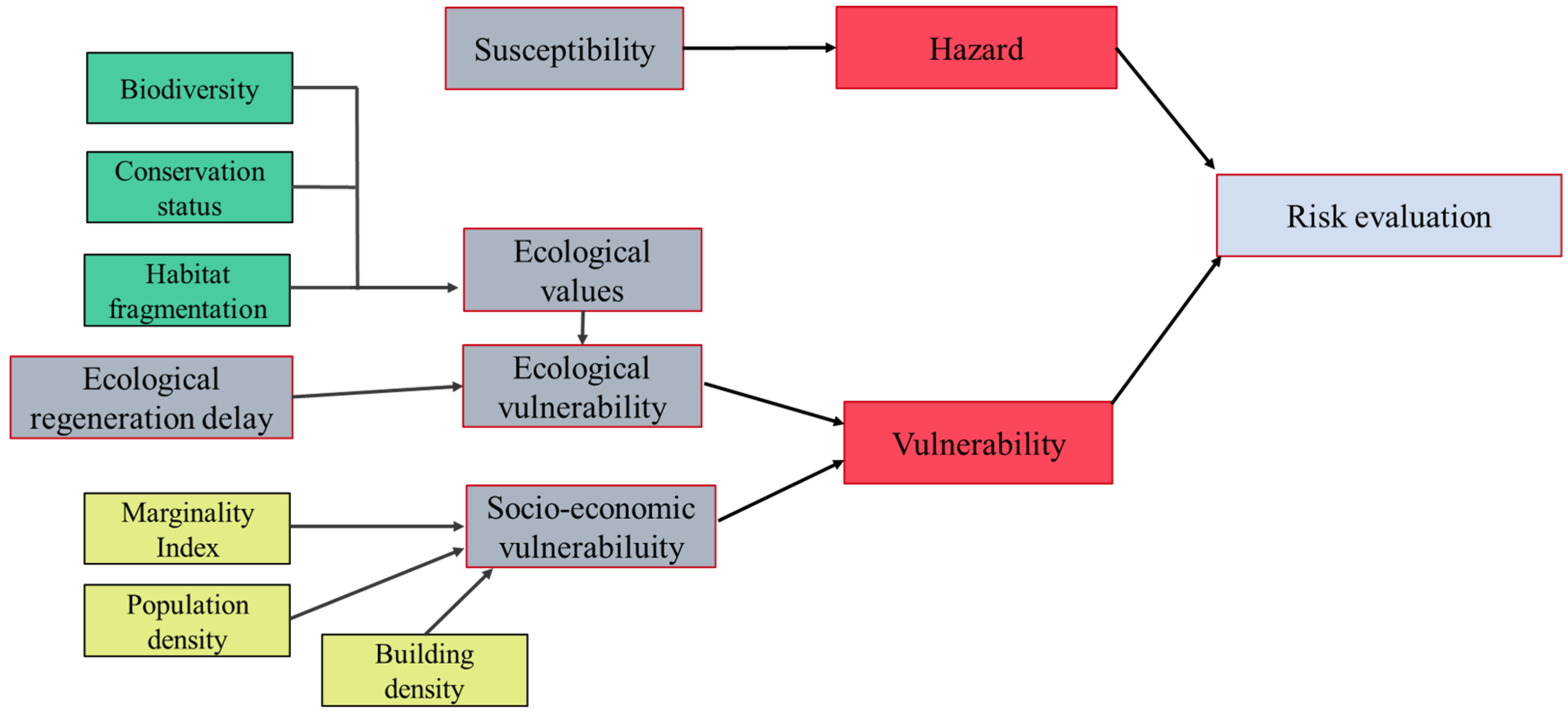“
Regener Concepts: Revolutionizing Bone Regeneration
Regener Concepts is a leading provider of ghostwriting, editorial consultancy, and publishing services in the field of regenerative medicine. With a focus on bone regeneration, our team of experts is dedicated to advancing the field through cutting-edge research and innovative solutions. We understand the importance of optimizing search engine results, and our articles are crafted using modern search engine optimization techniques to ensure maximum visibility on Google SERPs.
When it comes to bone regeneration, there are various factors that can influence the success of the process. One such factor is the use of whole bone segments, which can vary significantly depending on the specific case. Another consideration is the possibility of rejection reactions, which must be carefully managed to ensure the best outcomes for patients.
Titanium mesh cages have emerged as a popular option for bone regeneration procedures. These cages provide structural support and prevent aseptic loosening, enhancing the stability of the regenerated bone. Additionally, nonbiological osteoconductive substrates have shown promise in promoting bone growth and preventing complications.
At Regener Concepts, we are at the forefront of developing novel techniques and technologies for bone regeneration. Our research has led to the development of a nonviral transduction vector that selectively inhibits osteoclastogenesis, the process responsible for bone resorption. This breakthrough has the potential to revolutionize the field and improve patient outcomes.
Advancements in Bone Regeneration
One condition that has historically been perceived as rare is fibrodysplasia ossificans progressiva (FOP). However, recent studies have shed light on the prevalence of this condition and the need for effective treatment options. Researchers such as Kulkarni AV and Tunks have conducted a randomized sham-controlled trial to evaluate the efficacy of low-intensity pulsed ultrasound in managing FOP.
Berta SC and Albert have explored the use of proximal metadiaphyseal junction (PMJ) as a potential site for bone regeneration. Their study compared different formulations, including those developed by Blokhuis TJ, to determine the optimal approach for PMJ bone regeneration. The results, published in Acta Pharmacologica Sinica, provide valuable insights for future research in the field.
Schiller PC and Ricordi have investigated the use of stem cells in bone regeneration. Their work, supported by the Howard GA and Menei, has shown promising results in preclinical studies. Google Scholar Wakitani and Suedkamp NP Mehlhorn have also contributed to the field with their research on cellular-based biodegradable implants.
Churchman SM and Kouroupis have explored the potential of collagen-chitosan PLA merge scaffolds for bone regeneration. Their study, supported by Boxall SA Kinsey, highlights the importance of optimizing the surface porosity of biocompatible metals to enhance bone growth.
Government Regulations and Patient Safety
When it comes to bone regeneration procedures, patient safety is of utmost importance. Government regulatory agencies, such as the United States government and federal government websites, play a crucial role in ensuring the safety and efficacy of these procedures. The National Library of Medicine (NLM) provides valuable resources for healthcare professionals and researchers in the field.
Spaces termed lacunae, found in the superficial, middle, and deep layers of bone, play a vital role in bone regeneration. These spaces provide a conducive environment for the growth and development of new bone tissue. Traumatic injuries, often caused by sports activities, can disrupt these spaces and hinder the natural bone regeneration process.
At Regener Concepts, we are committed to enhancing patient recovery and improving outcomes. Our team of experts utilizes advanced techniques, such as the reamer-irrigator-aspirator (RIA) system, to optimize bone regeneration. This innovative approach allows for the removal of damaged tissue while preserving the integrity of the surrounding healthy bone.
Future Directions in Bone Regeneration
As the field of bone regeneration continues to evolve, researchers are exploring new avenues for improving patient outcomes. Fabricated biocompatible metals with optimum surface porosity are being investigated for their potential in promoting bone growth and enhancing the integration of implants.
Current drug safety and molecular pharmacology research, led by renowned experts such as Duda GN and Seebeck, is paving the way for the development of novel therapeutic approaches. These advancements hold great promise for patients with bone diseases and secondary bone-related conditions.
Google Scholar Dimitriou and cellular-based biodegradable implants have also contributed significantly to the field. Their research has provided valuable insights into the mechanisms of bone regeneration and the potential applications of stem cells in tissue engineering.
Privacy Choices: Manage Cookies
It is important to follow specific rules and guidelines when conducting research in the field of bone regeneration. Small starting populations and high nuclear-cytoplasmic ratio are factors that must be considered to ensure accurate and reliable results. Additionally, small full-thickness defects can serve as models for studying the regenerative capacity of different materials and techniques.
Regener Concepts Ltd is committed to advancing the field of bone regeneration through research, innovation, and collaboration. For more information about our services and projects, please visit our website or contact us at the provided phone number.
Contact No: 233 50 903 4051
“





